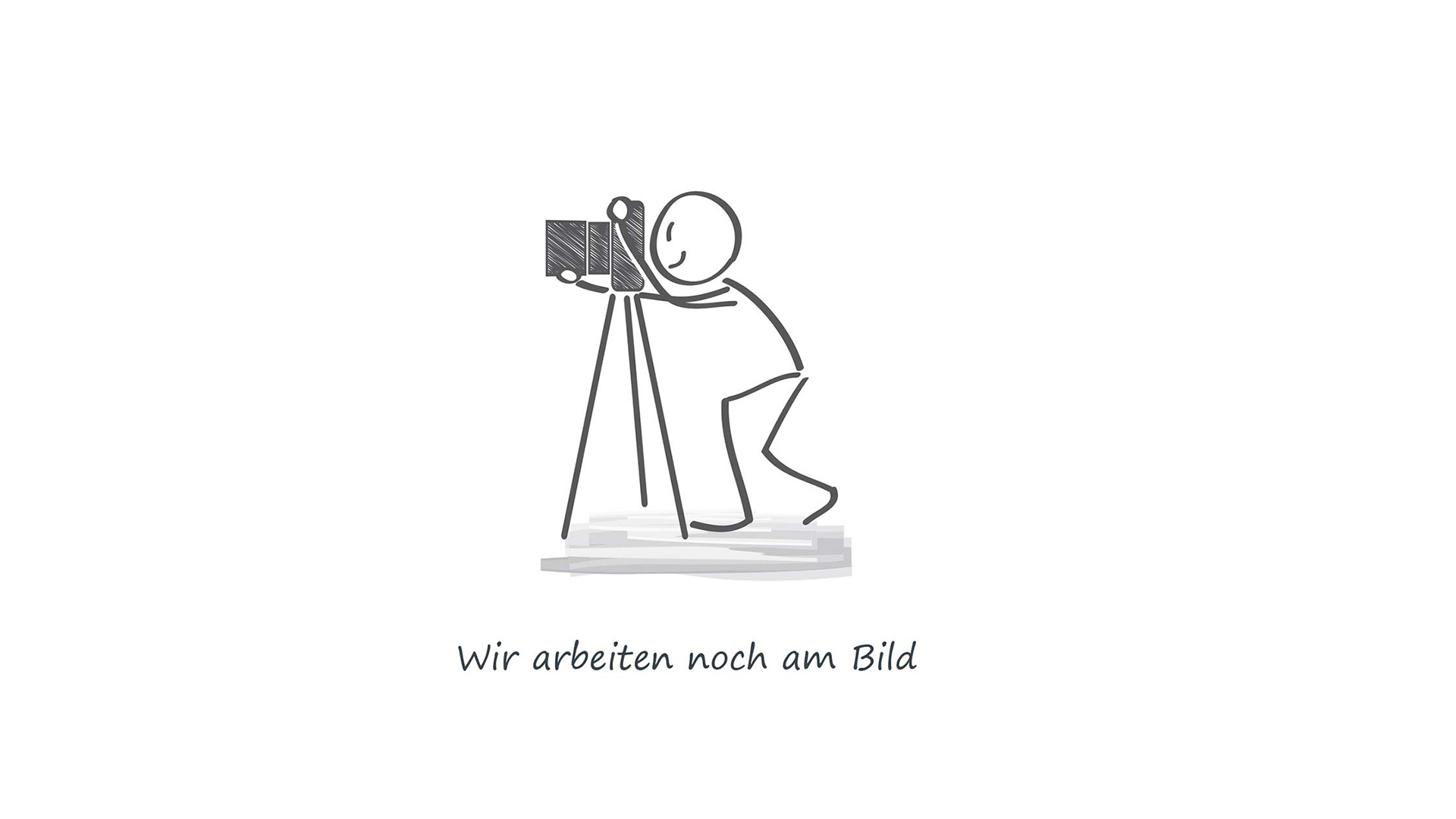Baroque Doublehole, Item: TT442FB-TAK Stained, 442 Hz
This instrument with the model number: TT442FB-TAK crafted by Takeyama is a musical tool, that in playing continues to will provide fun.
This characteristic is based to a large part on the skillful composition of the amazing concept in fine tuning with the sound of the material European boxwood.
The bore
The course of the inner bore of the instrument is light cylindroconical. This kind of bore shape gives this model its tipically sound.In principle, models with wider bore sound warmer, fuller, more fundamental and thus more suitable for ensembles than recorders with narrower scale.
For what styles can the recorder best be used for?
European boxwood is particularly for instruments used for: Focus on baroque music, other styles possible.To whom is this instrument addressed?
From this it results that recorders made of European boxwood are especially for Students, Professional Players suitable. A further valid rule is that a higher instrument makes the learning progress usually pleasant than a presumed low-cost bargain.The windway of a recorder
The windway is the area in the recorder head where the breath of the musician is formed into a sheet of air. This air leaf is the determining element of the sound of the recorder. In interaction with the labium, the air flow is very quickly alternately directed inwards and outwards. This swinging stream stimulates the air in the bore. This is the origin of the recorder sound. This is the reason why the labium must not be damaged in any case. The same rule applies to the windway. Otherwise suffer the variability of musical expressiveness of the recorder.
The windway of the recorder TT442FB-TAK of Takeyama has this windway shape: Curved, conical.Conical shaped windways accelerate breathing air more than cylindrical windways.
Never underestimate windway and labium! Their meaning for the function is very complex in their design. Damages here often lead to a total loss!
Fingerings
The recorder Takeyama TT442FB-TAK is manufactured in the version: Baroque Doublehole .
Construction
The method of construction a flute influences strongly the way the woodwind instrument in daily use on the one hand is simple to handle in terms of easy gripping and on the other hand for the safe transport.
A point that becomes especially important when larger or multiple instruments transported.
{Experienced ensemble players can tell you a thing or two about this. Or ask members of recorder orchestras will agree.
Leaders of recorder choirs know how useful good and compact recorder transport packaging is.
Packaging and accessories
The instrument is delivered as standard with: BagThe matching accessories included:
Advice before getting a new recorder
Inform yourself in detail!The search for your recorder should never be influenced by the opinions of "self-proclaimed experts".
Get your own realizations after playing a recorder. Don't let "generally valid" rules, such as "the brand xy doesn't work at all in an ensemble/for professionals.
Do not let others stop you from playing a unkown brand.
Your musical taste is as individual as you are.
Therefore, only you can decide which recorder will make.
Our recommendation is therefore: Test various instruments!
After that you will be amazed and can make a safe decision.
Information about instruments with keys
Not always can tone holes be placed in the places in the instrument that are easy and pleasant to grasp with the fingers. Especially with deep recorders sit for acoustic necessities some tone holes adequate to reach. On such instruments, keys are added, which make gripping expressed easier, or possible in the first place.This allows it to be {pleasant|light|ergonomic|conspicuous|above average| good grip even by players with smaller hands.
The instrument TT442FB-TAK has the following flaps:
| Bore shape: | light cylindroconical |
|---|---|
| Construction: | 3-part (head, middle, foot) |
| Fingering: | Baroque Doublehole |
| Material: | European boxwood |
| Material: Botanical name: | Buxus sempervirens |
| Material: Country of origin: | Turkey |
| Packing: | Bag |
| Surface treatment: | Stained |
| Target group: | Students, Professional Players |
| Weight with case: | 0.486 kg |
| Windway: | Curved, conical |
| Size: | Tenor |
| Tuning pitch: | 442 Hz |
| Group: | Recorder |
| Material structure: | European boxwood: Dense, almost completely free of pores |
| Musical use: | Focus on baroque music, other styles possible |
| Sound characteristics: | European boxwood: Very fine, powerful sound. Very carrying. |
Login



